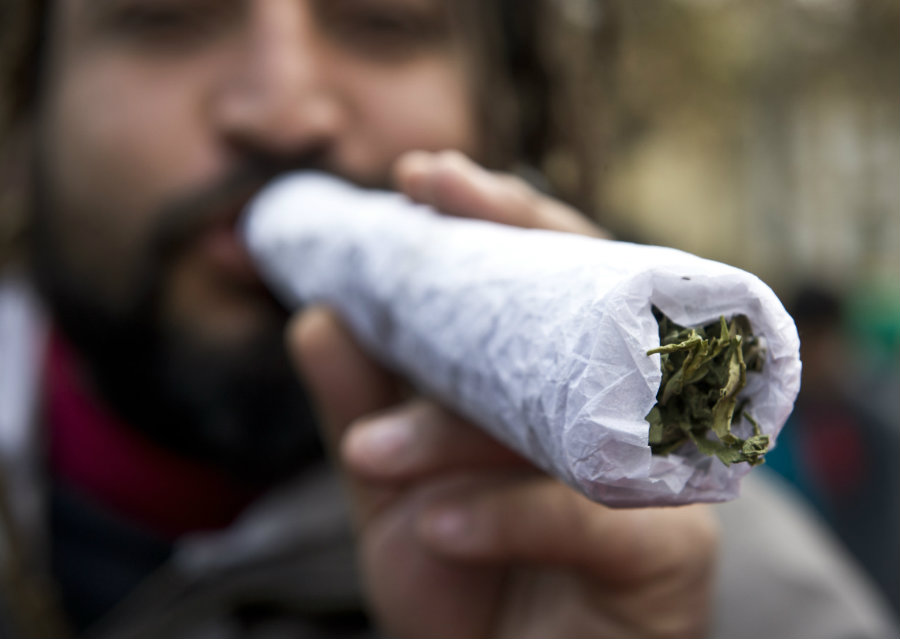The prices to acquire legal marijuana in Colorado have dropped in the last few months, supplanting the demand for black market marijuana and establishing demand for legal and state-produced weed.
Before the low costs, the wholesale pound ranged over $2,400 to $2,600, and in the last ten months, the prices have dropped to $1,400 and $1,600 which gives consumers the opportunity to obtain marijuana in a legal and cheaper way.

The low costs of legal marijuana are doubling the State’s income on the legalized drug, over the black market costs that used to be more appealing to consumers for their relatively low prices.
Thanks to the low legal costs the state is expecting an income of $1 million in tax revenues at the ends of 2016, for the recollection of the five big marijuana stores located in Denver.
Why did the prices drop?
In basic economy, the demand equals the production if more people desire a product and if the means are available, then the company will produce according to the public’s demand. However, this doesn’t occur with marijuana anymore. Before recent changes, the legal weed industry produced according to the costumer’s desire but know they can produce as much as they want.
This happens thanks to a moratorium on pot licenses for providing business. More marijuana dispensaries can acquire said licenses, distribute more and produce more.
This changes the belief that the black market’s competition against the legal marijuana made the industry drop their prices. In fact, it was a response to the adaptation of the legal licenses.
Colorado was one of the first states to make marijuana legal. In 2012, the state decided the vast majority of the taxes collected from the drug’s production and selling will go to public schools and police services.
In the state people over the legal age of 21 can carry one ounce of weed. Legal stores also sell different forms of marijuana including its edible form and seeds for plantation. The state allows non-citizens or residents to acquire marijuana from an authorized store if they are over the legal age.
From 2012 and until 2016, visitors to the state were only able to purchase only seven grams of marijuana. Meanwhile, residents could buy over 28 grams of the recreational and medicinal drug. However, in June 2016, a law was passed, and now both tourists and residents can acquire 28 grams per transaction.
However, the state has a strong legislation to control the THC effects. For example, if a consumer is found to be driving under the influence of marijuana it would be considered a crime, just as with alcohol or other illegal drugs, but this measure isn’t always reliable.
Since marijuana has just been recently legalized in several states and accepted by selected medical experts, there hasn’t been a lot of studies on how to measure THC levels on a consumer’s blood. Experts can determine the presence of the substance, but not be certain if the user had recently consumed, since THC remains in the blood for over a month. But the incidents involving the legal drug and driving remain low.
The significant income the state has been gaining over weed taxes has allowed it’s development and care for the last four years.
Source: Modern Readers
